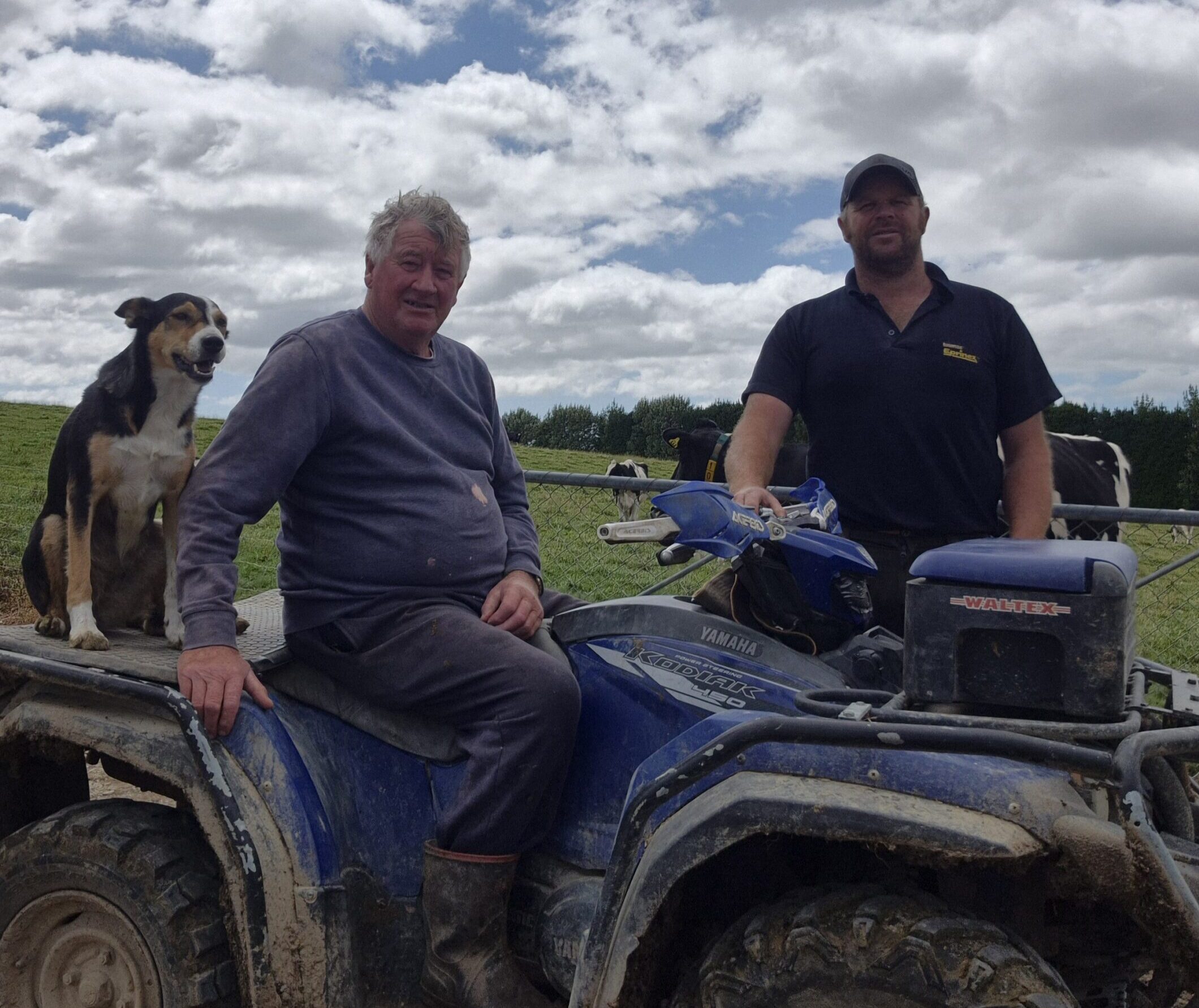Copyright farmersweekly

Reading Time: 3 minutes Half an hour of extreme wind was enough to knock out the power on Southland dairy farmer Bruce Eade’s farm for six days. The storm, just before Labour weekend, caused widespread damage across the South Island farms, leaving thousands without power. “It came and went and tore through everything on the way,” he said. Eade had his power turned back on just before 6pm on October 28, after relying on three generators to keep his milking shed, robot barn and household running. The weather also temporarily knocked out both his phone signal and internet, making communication with his milk supplier, Fonterra difficult. His dairy farm at Kelso, north of Gore, uses both milking robots and a herringbone to milk the herd and lost power on October 23. Half of the herd are kept indoors and are milked on the robots, and the other half are milked through the herringbone. He has a stationary diesel-powered generator as a back-up for the robots and that automatically started when the grid power went out, running for 135 hours until it was restored. “We just had to make sure it was filled up with diesel and it ran the whole system – the vat and the fridge.” He used a tractor-generator to run the herringbone shed, sharing it with his neighbour. “We were all prepared to get into it. It was just the logistics of swapping between sheds and milking times and things like that.” On the domestic side, he had a petrol generator that was shared between himself, his parents and his staff for their housing. Those staff “mucked in”, relying on a barbecue gas bottle for cooking over that period, he said. “Everyone was comfortable, given the circumstances. The snow we got on Sunday night-Monday morning, we didn’t need that. We had a ‘What are they going to throw at us next?’ mindset.” Having the generators is a necessary back-up when you are running a multimillion-dollar asset such as a dairy farm, he said. “We made the right choice back in the day. Generators aren’t a sexy purchase, and you can’t go fishing in a generator, but when it comes to this situation, it paid dividends.” It has also become apparent that there are a large number of farms in the region without generators, based on what he has seen in the past several days, he said. “That’s going to change now. “I would go out on a limb and say 75% of people didn’t have them.” Often, those farmers sharing their generator with others had the generator wired their specific farm – meaning an electrician had to re-wire it so it could work on other farmers’ sheds before it could be used. “I think the thing that caught out everyone who didn’t have a generator was the fact that there was the mindset of ‘It won’t happen to us and if it does it will be localised and half a day’. “The fact that it wiped out most of Southland and South Otago in one swoop is what buggered everybody. The sheer number of places without power, there just wasn’t the generators or the people power to go around.”



